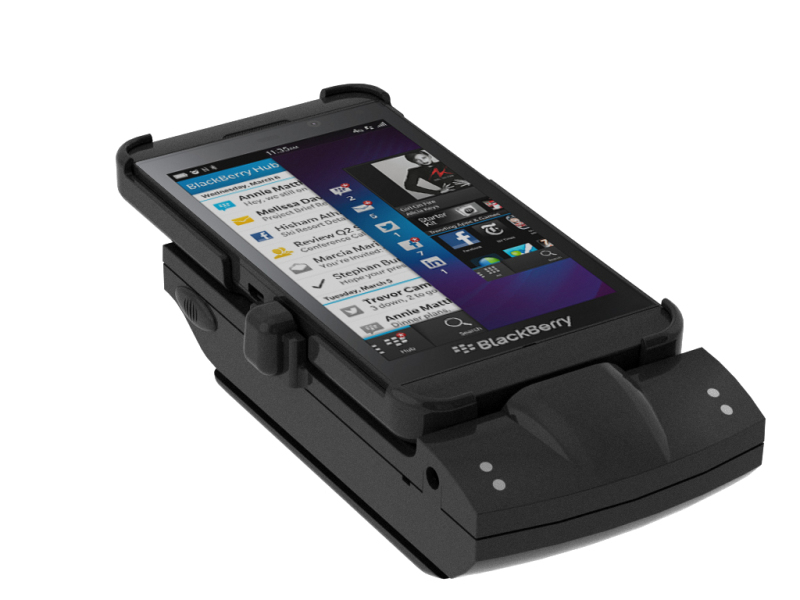Jose Diego Sánchez (@JD1EGO on Twitter), from Spain, is the third developer we are happy to feature here on our Inside BlackBerry Developer Blog. He is the group manager of the Enterprise Developer Group in Malaga, Spain.
After he spent the past few years learning how to develop great applications for BlackBerry, a few months ago he was hired by a private jet company in order to develop a solution to manage the boarding process on their jets.
They needed a solution to make the boarding process easier and faster, avoiding the hassle of producing boarding passes and also avoiding the manual processing of the passenger information.
They are actually users of BlackBerry BBOS devices, and when Jose offered them to develop the solution for BB10 they were very happy with that opportunity. They are using BES5 for the crew and recently they introduced a BES10 server, through which they manage the BlackBerry Z10 smartphones for the managers of the company.
For them, one of the most important points was security and thanks to the BlackBerry infrastructure, using BES10, Jose could access the information from their backend without making use of publicly available web services.
The solution Jose offered to the customer is based on a Z10 device + Grabba base (see image).

The Grabba devices turn a consumer smartphone into an industrial terminal by adding features like barcode reader, RFID (LF, HF or UHF) reader, magnetic stripe reader, fingerprint reader and MRZ reader (ICAO compliant). The customer chose the latter option, which allows them to just swipe the passport or an ID card and the system can decrypt the information from the MRZ zone from this document to automatically fill the passenger information and confirm the boarding.
With this solution, the customer can confirm that the passenger is onboard by just swiping the official documentation, as the aviation regulation requires.
For the future Jose and the other developers who helped him developing the solution, are planning to introduce the RFID technology in the Grabba base to allow the crew to read the hi-res photo contained in e-Passports. They can get that photo and attach it to the passenger information, so the customer won’t need to show their passport in the future since the photo was attached already the first time they used the device. With this process they can also detect if the passport was falsified, as the RFID chip cannot be hacked.
If you liked this success story, please take a look at the previous ones, too (here and here).
Interested to know more about our Enterprise Developer Groups? Do you want to join one? Take a look here to find the one closest to you. If you are interested in starting a new one, instead, please fill this form and we will get back to you as soon as we can.